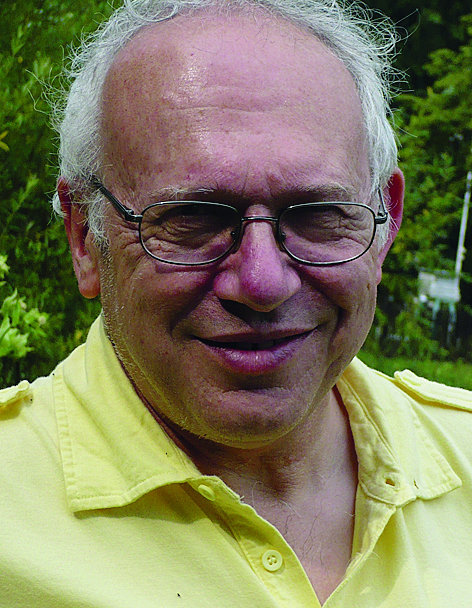COMPOSERS: Anton Bruckner
LABELS: EMI
ALBUM TITLE: Bruckner Symphony No. 9
WORKS: Symphony No. 9
PERFORMER: Berlin Philharmonic Orchestra/Sir Simon Rattle
CATALOGUE NO: 9529692
During the last two years of his life Bruckner struggled valiantly to finish the Finale of his Ninth Symphony. He envisaged the movement in terms of a mighty tussle between the forces of life and death – a conflict that would ultimately be resolved in a grand coda, modelled on those of the Fifth and Eighth Symphonies, in which all the main motifs from earlier in the work would come together in a blaze of affirmative glory. Unfortunately very little in Bruckner’s hand survives of this section of the work, although a good deal of anecdotal evidence from the composer’s close friends makes it possible for the music to be reconstructed. Indeed the surviving manuscript sketches of the Finale conclusively show that the movement was pretty well complete in terms of its structural outline even if the instrumentation often remained fragmentary.
There are a number of recordings of the Symphony which include a performing edition of the Finale, though none so far has been undertaken by such a major conductor and orchestra as Simon Rattle and the Berlin Philharmonic. Their staunch endorsement of the version prepared by musicologists Nicola Samale, John Phillips, Benjamin-Gunnar Cohrs and Giuseppe Mazzuca could well secure a sea-change in the way the Symphony is performed in future, for although some may still feel that the third movement Adagio makes a very moving end to the work, there’s little doubt that the composer intended it to be followed by the Finale.
Experiencing the work for the first time as four-movement work is bound to be disorientating, and one inevitably listens to the Finale with deep regret that the composer was unable to put the finishing touches to the music. Yet much of what survives is still quite remarkable, not least some extraordinarily daring passages such as a manically driven fugue in which the composer replicates some of the piercing dissonances that appear at the climax of the Adagio. It’s in these surprisingly modernistic episodes where Rattle’s urgently focused and warmly recorded live performance comes into its own.
In the first three movements, the orchestra is wonderfully responsive, and Rattle assuredly paces the music’s long paragraphs and musters a sense of the monumental. Although recordings by Günter Wand, Carlo Maria Giulini and Herbert von Karajan may plumb even greater depths, Rattle’s interpretation nonetheless encompasses the full gamut of emotions from tenderness and nostalgia to some amazingly apocalyptic climaxes.
Erik Levi

